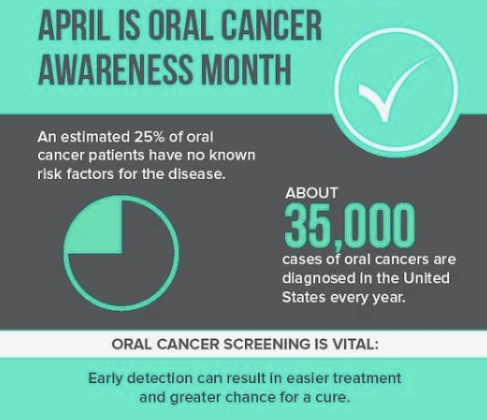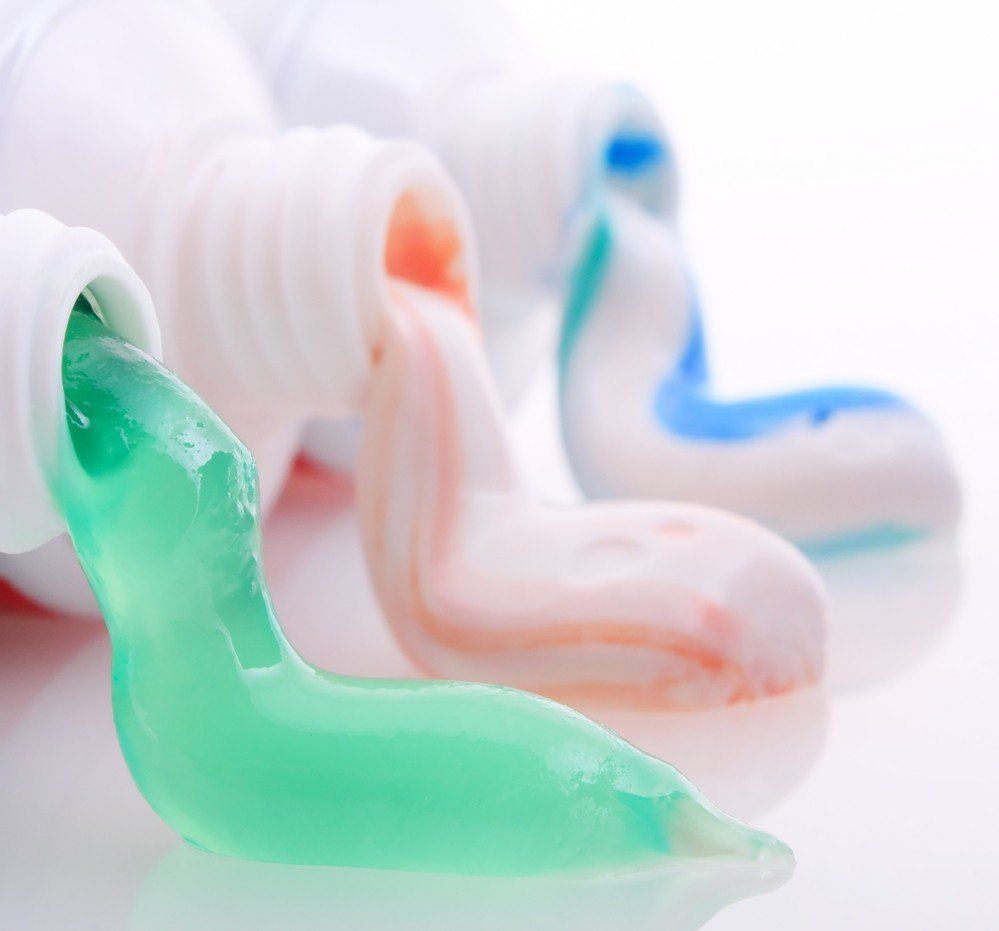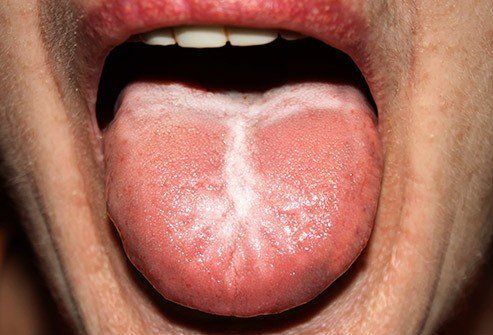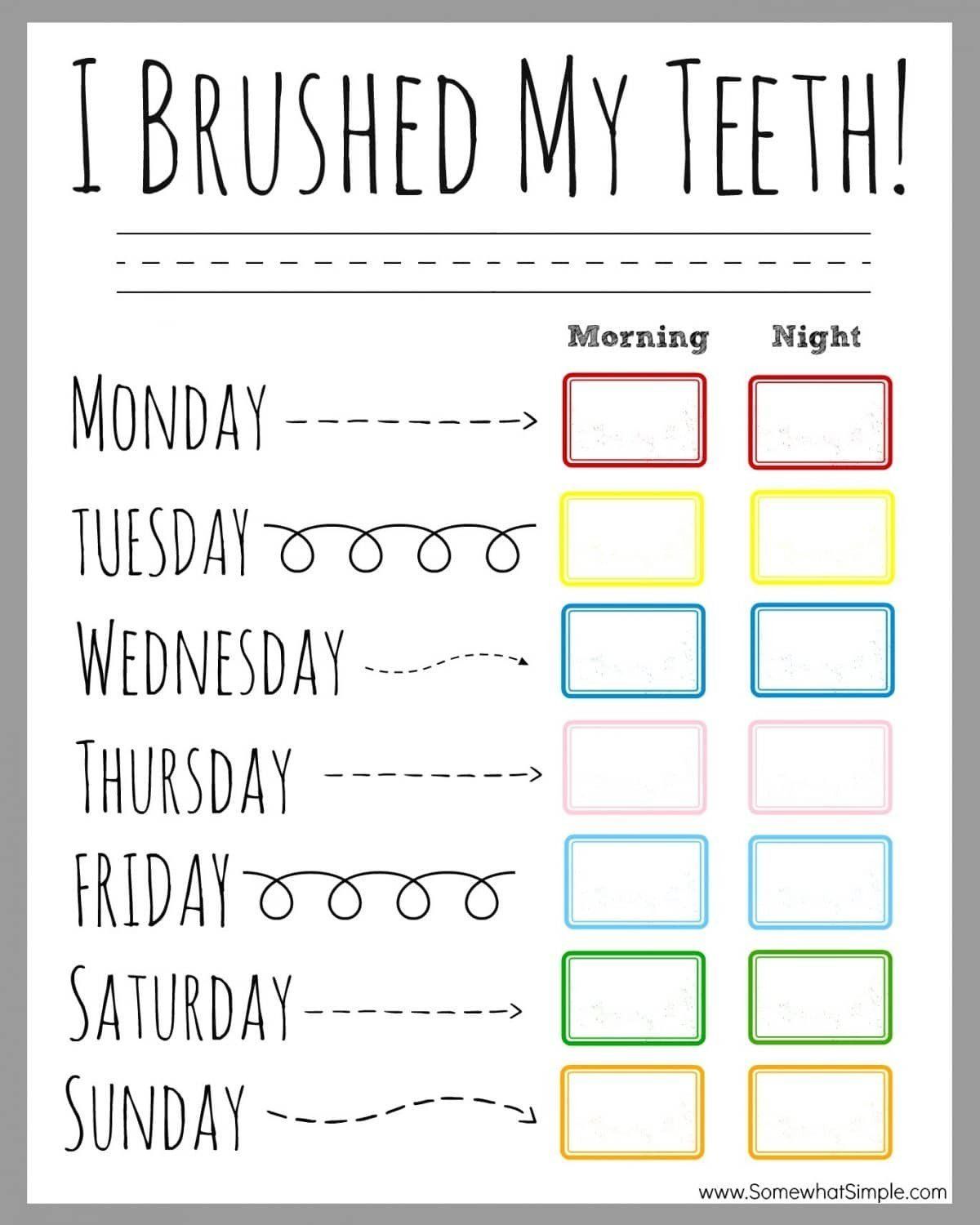Over 50% of Employees Would Attend Check-Ups If They Had Help With Fees
- By Joel Snyder
- •
- 13 Sep, 2016
- •
A new survey has revealed that more than half of employees would attend six monthly dental checks if they had financial help towards dental care.
In a poll carried out by Monroe Sutton, 57 percent of respondents said they would go to the dentist every six months if financial help towards dental care was provided as part of the employee package. 45 percent of people also said they would go to the dentist more frequently if treatment costs were covered.
Monroe Sutton sent 1,000 employees a copy of the ‘Dental Benefits 2016: What employees want and how employers can help’. The findings suggested that 64 percent of employers do not include dental care as part of their employee benefits package, despite the fact that 65 percent of employees would be willing to contribute to a dental scheme. More than 70 percent of people said they would be willing to pay up to £20 per month for a plan that covered dental treatment for their family, including cosmetic dental services and child orthodontic care.
More than two thirds of respondents had visited a dentist in the previous 12 months, and 32 percent said they were happy with the condition of their teeth.
Head of business development at Monroe Sutton, Robert Malvasi, said it’s clear from the survey that many employees would be willing to contribute to a dental plan. This could be mutually beneficial for employees and employers, as the British Dental Association estimated an annual cost of £32 million for businesses as a result of employees taking time off work for dental problems.
Article Posted On: http://www.cosmeticdentistryguide.co.uk/news/over-50-of-employees-would-attend-check-ups-if-they-had...

Contact us!
https://www.fabuloussmilesdental.com/contact

ADA Approval
First, make sure you choose a product approved by the American Dental Association and displaying the seal on its packaging. There are plenty of fluoride-free, organic, and all natural options tested by the ADA for both safety and effectiveness at keeping the teeth clean. Products without these seals have not necessarily been tested for their claims and quality, so you’re gambling with the health of your mouth by using them.
Focus on Needs
Consider what your teeth need the most to choose a toothpaste with the right extras. Whitening toothpaste can’t always replace professional whitening from a dentist, but it does work to prevent surface stains that cause your white smile to lose its brightness after treatment. Most toothpastes tend to target one of more of the following conditions or needs:
- Sensitivity, in the gums and teeth, from mild to severe pain
- Fluoride products are essential for kids, adults who don’t get enough of it in their diet, and people with diabetes and many other conditions
- Anti-cavity, which most products cover but which should always be checked
- Anti-gingivitis, ranging from over the counter to prescription products for healthier gums.
Watch Out!
There are a few products you don’t want to use on your teeth, and they’re often sold as cosmetic products rather than medically tested toothpaste. Any whitening toothpaste with a very abrasive ingredient, ranging from natural walnut shell to plastic microbeads, can leave your teeth with enamel damage that is permanent and hard to treat. Activated charcoal powders can also discolor teeth along with eroding your enamel. Look for toothpaste products that reinforce enamel rather than damaging it.
Picking a Toothbrush
Of course, the toothpaste still needs to be applied to the teeth with the right tools to effectively protect you from cavities and gum disease. The wrong toothbrush can damage your enamel, scratch your gums, or fail to remove trapped food from between your molars. Only use soft bristled brushes unless given advice from your dentist to the contrary. For most people, stiff bristles are too hard for their gums. The tip of each bristle should be rounded and not pointed or square so that food debris and tartar comes loose with each sweep. Replace your brush every three months even if it still looks new and fresh since bacteria can build up over time.
Need more advice about what to do to take care of your teeth? Make an appointment with your dentist for a routine cleaning or a timely inspection. You can discuss your concerns without feeling rushed and determine if your current oral health practices are sufficient for keeping your smile bright, healthy, and strong.

Creamy white spots could be thrush, a fungal infection (shown below). It often happens after an illness or medications throw off the balance of bacteria in your mouth. White patches that look lacy could be lichen planus, which means your immune system is attacking the tissues in your mouth. If you see hard, flat, white areas that can’t be scraped away, it could be leukoplakia, which is linked to cancer. Let your dentist know about any white patches you see.


